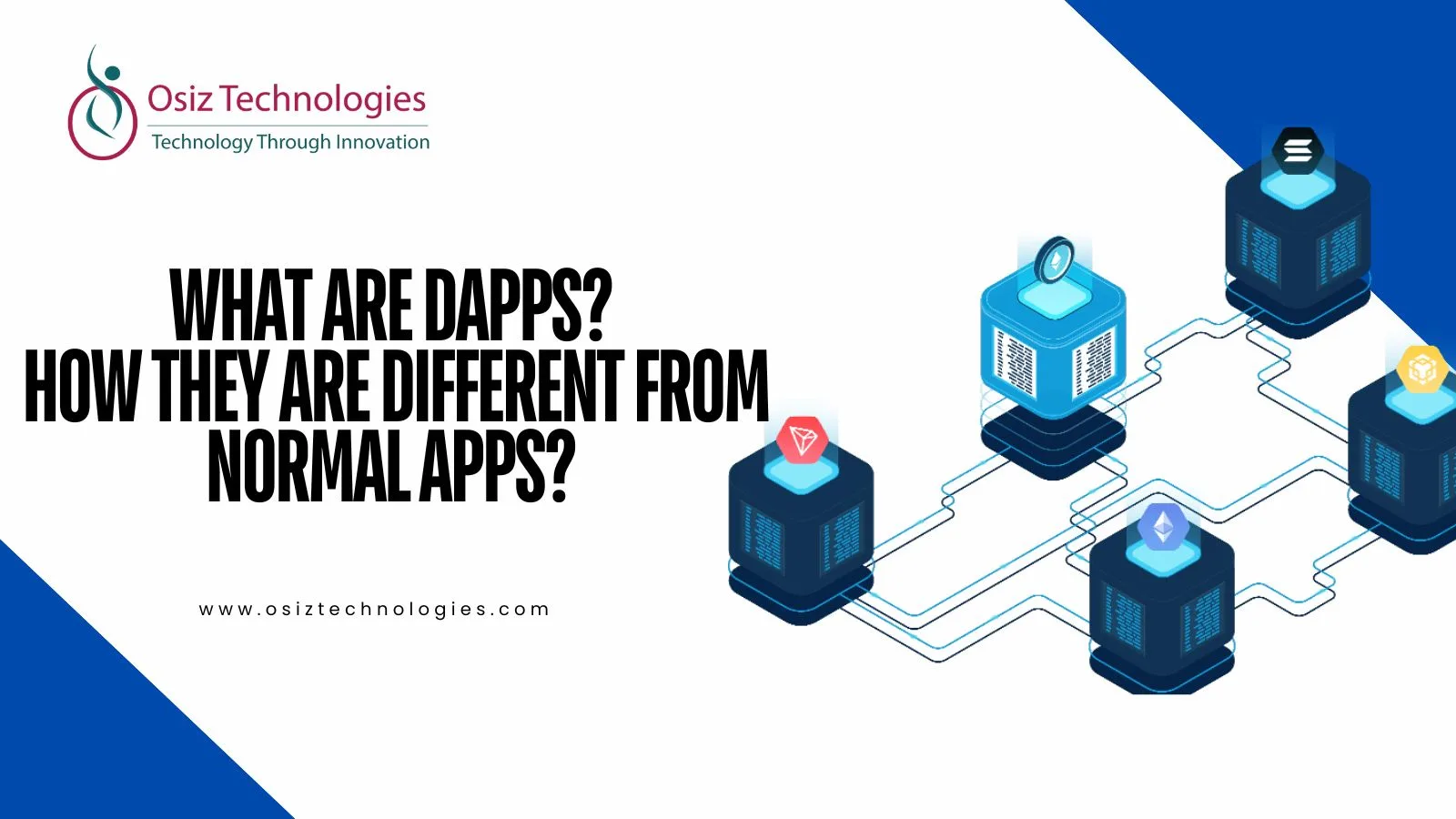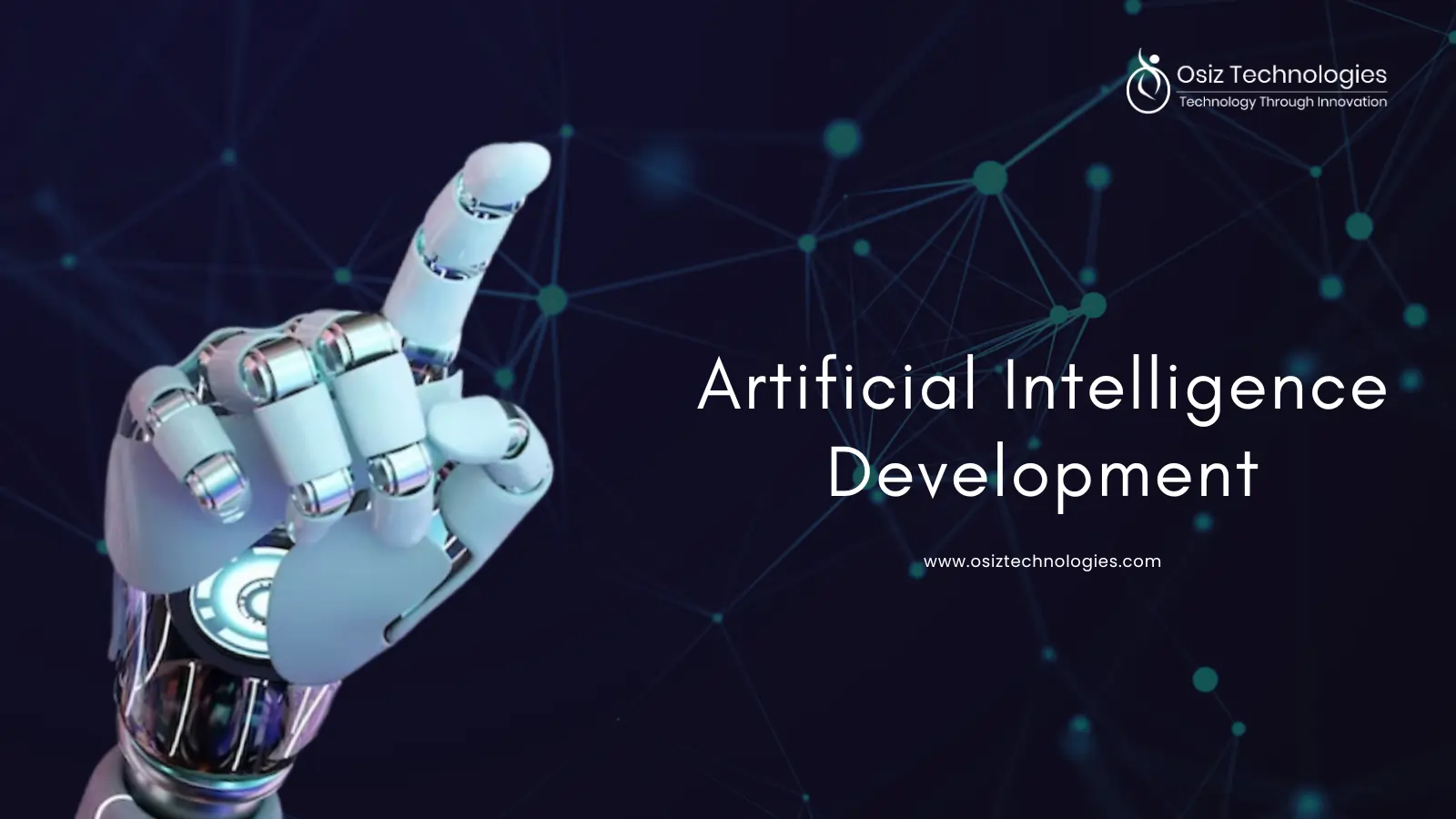Decentralized applications (dApps) are altering the digital landscape by offering transparency, security, and control over user data and transactions with blockchain technology. dApps differ from regular applications in that they operate on peer-to-peer protocols, giving data a reliable and immutable status without central authority. Now let’s examine what dApps are and how they differ from traditional applications.
What Are Decentralized Applications (dApps)?
Decentralized applications (dApps) are digital applications that run on blockchain or peer-to-peer networks, i.e. decentralized instead of centralized servers, which are the case for most applications. The decentralized model transfers control to many nodes, increasing resilience, security, privacy, and censorship resistance.
Applications like Ethereum, Solana, and Bitcoin are some of the most popular dApp platforms, and many use smart contracts to help automate processes with no mediating agent. A common great example of this is with dApps for ride-sharing that allow users and buyers to connect directly and automated payment enabled by smart contracts.
This removes third-party control from the equation which leads to improved transparency and fairness. While dApps are often viewed as tied to cryptocurrencies, they are capable of extending into gaming, finance, social media, and more. By empowering users with ownership over their data, and ensuring transparency between participants, dApps represent a new generation of digital applications where trust is embedded into the technology. The growing acceptance of blockchain technology will also change how digital services are created and experienced in the future using dApps.
DApps vs Normal apps
Centralized vs. Decentralized
The primary distinction between normal apps and dApps lies in their structure. Normal apps are centralized, and controlled by a specific organization or developer. They manage data, updates, and user interactions through centralized servers. In contrast, dApps operate on decentralized blockchain networks, eliminating central authority and distributing control among participants, making them more resilient to failures.
Credibility
dApps provide more trust between users since they ensure equal ownership and transparency. All the users can Verify transactions, making everything fair. Normal apps, on the other hand, depend on the trustworthiness of the governing entity, and there can be misuse .
Security
Due to blockchain’s immutable nature, dApps are highly secure, protecting against unauthorized access and cyberattacks. Regular apps, however, are more vulnerable to hacking and often require additional security measures to safeguard data.
Development Cost
Developing a regular app involves significant costs for servers, third-party integrations, and ongoing maintenance. dApp development is generally more cost-effective, leveraging decentralized infrastructure.
Usage Fee
Most normal apps are free or have optional charges. dApps often charge a small transaction fee based on network usage.
Speed
Normal apps offer faster performance. dApps currently face speed limitations but are expected to improve as technology advances.
Benefits of DApps Development
Developing decentralized applications (dApps) offers multiple advantages that make them highly appealing for modern businesses and users. Some key benefits include:
- Censorship Resistance: No central authority controls dApps, ensuring transactions and data remain free from government or third-party interference.
- High Security: Once smart contracts are deployed, dApps become highly resistant to cyberattacks, protecting users from malicious activities.
- Open Source: Being open source, dApps encourage faster development and innovation within the community.
- Data Integrity: With blockchain’s cryptographic security, dApps maintain immutability, ensuring data cannot be altered.
- Enhanced Privacy: Users can interact with dApps without revealing personal information, maintaining their anonymity.
- Crypto Compatibility: dApps can easily integrate with cryptocurrency platforms, accepting digital currencies for payments.
- Versatility: Platforms like Ethereum enable dApps to be applied across various industries, such as gaming, finance, social media, and eCommerce.
Future of DApps
The future of dApps has huge growth potential, mostly due to self-sustainability and innovation. We expect to see advanced stablecoins with new price-stability mechanism, that will make cryptocurrencies usable in non-financial transactions on a daily basis. Decentralized exchanges (DEXs) will continue to grow, and drive improved cross-chain compatibility, and ultimately.. more seamless trading in the future.
The DeFi dApps would make a revolution in crypto lending, removing all the complexities in the traditional loan. With the continuous development of dApps, expansion into multiple industries will probably happen soon with decentralized solutions that offer transparency, efficiency, and accessibility. The list of opportunities dApps can work for is endless, which signals a transformational late time for the digital economy.
The final word
We Osiz, a prominent dApp development company, recognizes the potential of decentralized applications to change industries around the world. Our experience with blockchain, smart contracts, and DeFi solutions equips us to develop dApps that help businesses achieve a high level of security, transparency, and efficiency.
From finance and gaming to healthcare and supply chain, the use cases are endless. Osiz remains committed to continuously innovating and delivering scalable and customized dApp solutions to help businesses thrive as decentralized technologies are continuing to be adopted and deployed.
Listen To The Article
Recent Blogs

X-Mas 30%
Offer











